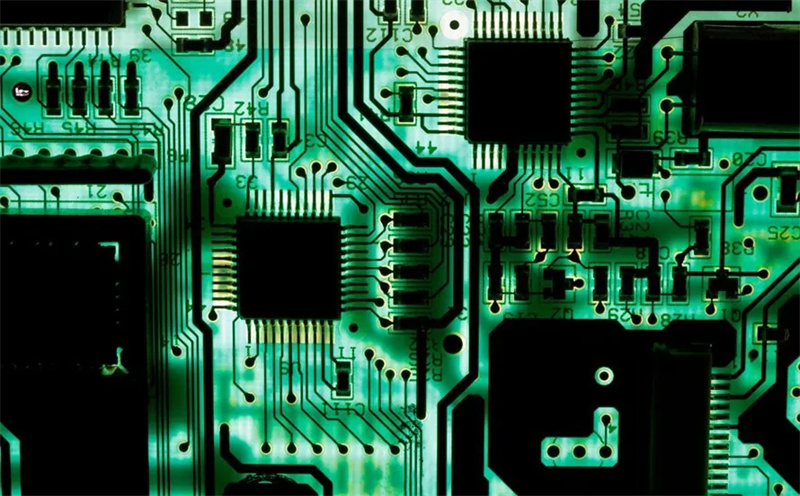The global printed circuit board (PCB) industry is undergoing significant shifts, driven by geopolitical tensions, evolving trade policies, and regional supply chain realignments. The Taiwan Printed Circuit Association (TPCA) warns that the potential return of Donald Trump to the U.S. presidency could introduce new uncertainties, including stricter export controls, heightened technology restrictions, and increased tariffs, further reshaping the competitive landscape.
U.S. and China Diverging in Taiwan PCB Trade
Taiwan's PCB exports to the U.S. and China have taken markedly different paths. According to ISTI data, Taiwan's PCB exports to the U.S. in 2024 reached $610 million (approximately 4.42 billion yuan), accounting for 28.4% of total U.S. PCB imports, a notable rise from 21.9% in 2023. Conversely, Taiwan's PCB exports to China have declined sharply due to technology controls and policy risks, along with China's advancements in domestic manufacturing. Taiwan's share of China's PCB imports fell from 60.4% in 2019 to 34.2% in 2023.
Regional PCB Industry Developments
The global PCB industry is shifting toward regionalized competition, with the U.S. and Europe focusing on high-value industries and supply chain resilience. The U.S. PCB market, valued at $3.98 billion in 2024 (4.9% global share), is bolstered by government support through defense-related demand and policies such as the National Defense Authorization Act and the CHIPS and Science Act. However, domestic PCB manufacturing remains limited, with imports heavily reliant on Taiwan and China. The market is projected to grow 6.8% in 2025, driven by defense contracts and data center expansion.
Europe, with a $2.1 billion PCB market (2.6% global share), faces challenges such as high labor and energy costs, exacerbated by the ongoing Russia-Ukraine war. The European Union's 2024 initiative, FOCUSING (Full European HDI PCB and Assembly Supply Chain for Space and Industrial Segments), aims to establish a competitive and sustainable domestic supply chain.

India and Southeast Asia: The New Growth Frontiers
India's PCB industry remains constrained by infrastructure bottlenecks, unreliable power supply, and talent shortages. While the government has imposed anti-dumping duties on certain Chinese PCB products and incentivized local manufacturing, India's 2024 PCB market is valued at just $160 million (0.2% global share), with limited capabilities for mid-to-high-end PCB production.
Meanwhile, Southeast Asia is emerging as a key beneficiary of global supply chain restructuring. Thailand, Vietnam, and Malaysia are attracting major investments from leading PCB manufacturers. Thailand, now the largest PCB producer in the region with a projected output of $3.26 billion in 2024, has drawn over 40 Taiwanese and Chinese PCB firms due to favorable investment policies. Vietnam, the second-largest PCB hub in Southeast Asia ($2.8 billion market size), is benefiting from a strong electronics manufacturing ecosystem but faces seasonal power shortages due to its reliance on hydroelectricity. Malaysia, a semiconductor packaging powerhouse with a 13% global market share in outsourced assembly and testing, is offering tax incentives to attract high-tech PCB investments, though it still depends heavily on imports for raw materials and equipment.
The Road Ahead
The global PCB industry is shifting toward a diversified and regionally competitive landscape, shaped by evolving trade policies and supply chain strategies. The return of Trump-era policies could accelerate protectionist measures, such as higher tariffs and further technological decoupling, presenting new challenges for global supply chain integration and stability. As geopolitical dynamics continue to evolve, companies will need to navigate these uncertainties while seeking opportunities in emerging markets like Southeast Asia and India.
+86 191 9627 2716
+86 181 7379 0595
8:30 a.m. to 5:30 p.m., Monday to Friday
